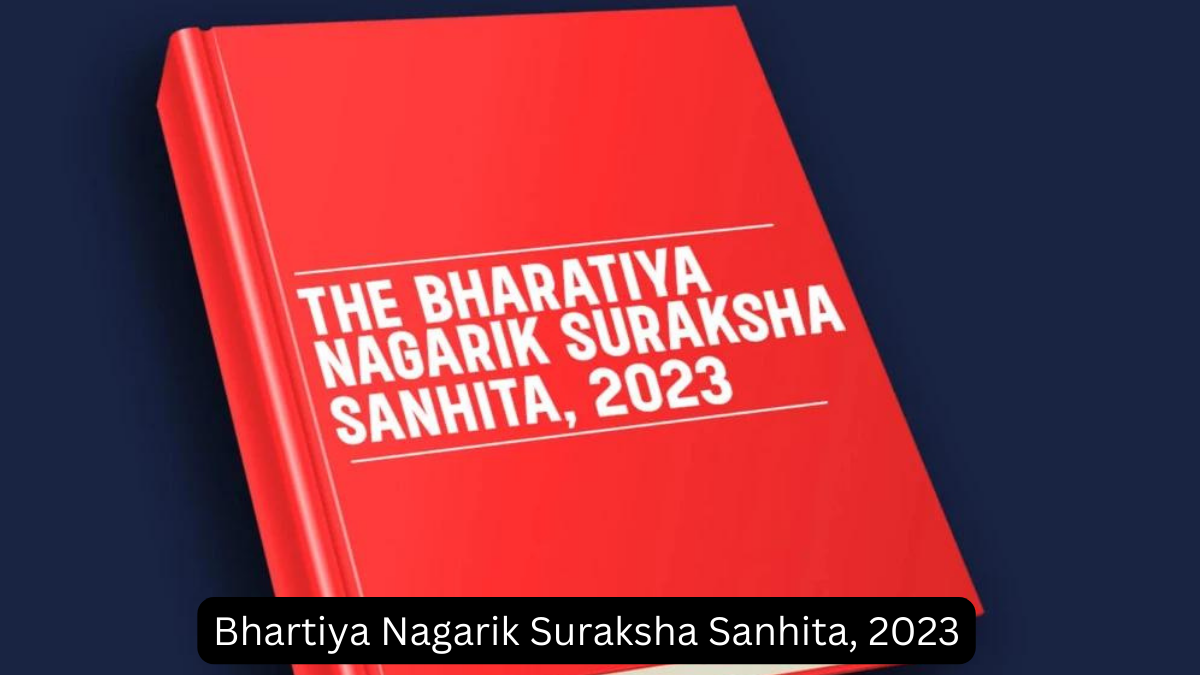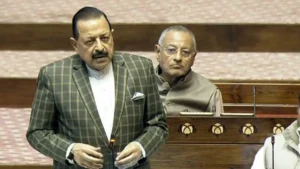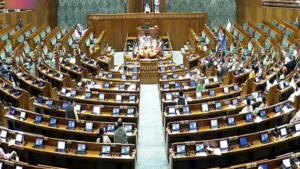Three new criminal laws –Bharatiya Nyaya Sanhita, Bharatiya Nagarik Suraksha Sanhita and the Bharatiya Sakshya Adhiniyam -came into effect across the country on July 1, 2024. These laws will replace the colonial-era Indian Penal Code, Code of Criminal Procedure and the Indian Evidence Act, respectively.
What is Bhartiya Nagarik Suraksha Sanhita?
- The Bharatiya Nagarik Suraksha Sanhita, 2023 (BNSS) was introduced on August 11, 2023 to replace the CrPC. It amends provisions on bail, expands the scope of property seizure, and alters powers of police and Magistrates. The Bill has been examined by the Standing Committee on Home Affairs.
- Bharatiya Nagrik Suraksha Sanhita has 531 sections (in place of 484 sections of CrPC). A total of 177 provisions have been changed in the Sanhita and nine new sections as well as 39 new sub-sections have been added to it. The act has added 44 new provisions and clarifications.
Highlights of the Bill
- The Bharatiya Nagarik Suraksha Sanhita, 2023 (BNSS) seeks to replace the Criminal Procedure Code, 1973 (CrPC). The CrPC provides for the procedure for arrest, prosecution, and bail.
- BNSS mandates forensic investigation for offences punishable with seven years of imprisonment or more. Forensic experts will visit crime scenes to collect forensic evidence and record the process.
- All trials, inquiries, and proceedings may be held in electronic mode. Production of electronic communication devices, likely to contain digital evidence, will be allowed for investigation, inquiry, or trial.
- If a proclaimed offender has absconded to evade trial and there is no immediate prospect of arresting him, the trial can be conducted and judgement pronounced in his absence.
- Along with specimen signatures or handwriting, finger impressions and voice samples may be collected for investigation or proceedings. Samples may be taken from a person who has not been arrested.
Key Issues and Analysis
- The BNSS allows up to 15 days of police custody, which can be authorised in parts during the initial 40 or 60 days of the 60 or 90 days period of judicial custody. This may lead to denial of bail for the entire period if the police has not exhausted the 15 days custody.
- The powers to attach property from proceeds of crime does not have safeguards provided in the Prevention of Money Laundering Act.
- The CrPC provides for bail for an accused who has been detained for half the maximum imprisonment for the offence. The BNSS denies this facility for anyone facing multiple charges. As many cases involve charges under multiple sections, this may limit such bail.
- The use of handcuffs is permitted in a range of cases including economic offences, contradicting Supreme Court directions.
- The BNSS allows evidence collected by retired or transferred investigating officers to be presented by their successors. This violates normal rules of evidence when the author of the document can be cross examined.
-
Recommendations of high level committees on changes to the CrPC such as reforms in sentencing guidelines and codifying rights of the accused have not been incorporated in the BNSS.
Difference between New Law (Bhartiya Nagarik Suraksha Sanhita 2023) and Old Law
| Aspect | Old Law (Code of Criminal Procedure, 1973) | New Law (Bhartiya Nagarik Suraksha Sanhita, 2023) |
|---|---|---|
| Introduction Date | 1973 | 2023 |
| Colonial Influence | Retained elements from British colonial rule | Drafted to reflect post-independence and modern Indian values |
| Language and Terminology | Archaic legal language | Simplified and modernized language |
| Structure | Detailed procedural code with 484 sections | Revised structure, updated sections |
| Arrests | Procedures for arrests detailed in Sections 41-60 | New provisions for digital warrants, use of technology in arrests |
| Investigation | Traditional methods of investigation | Emphasis on forensic evidence, cyber investigations |
| Bail and Bonds | Detailed provisions in Sections 436-450 | Streamlined process, emphasis on bail reform |
| Trial Procedures | Detailed trial procedures | Simplified and expedited trial processes |
| Witness Protection | Limited provisions | Comprehensive witness protection programs |
| Victim Rights | Basic recognition of victim rights | Enhanced victim compensation and support mechanisms |
| Speedy Trial | Emphasis on speedy trial, often delayed | Stronger provisions for ensuring speedy trial |
| Digital Evidence | Limited recognition | Comprehensive recognition and procedures for digital evidence |
| Police Reforms | Basic guidelines | Detailed guidelines on police reforms, accountability mechanisms |
| Appeals and Revisions | Detailed in Sections 372-394 | Updated to include digital submission of appeals, faster processes |
| Juvenile Procedures | Governed by Juvenile Justice Act, 2015 | Integrated approach with special provisions for juveniles |
| Technology Use | Limited use | Extensive use of technology in legal processes |
| Alternative Dispute Resolution | Basic provisions | Expanded focus on ADR mechanisms |
| Preventive Measures | Sections on preventive actions like Section 107, 144 | Strengthened preventive measures, modern context considerations |
| Community Policing | Limited provisions | Emphasis on community policing and involvement |
| Special Courts | Provisions for special courts | Expansion and more specific guidelines for special courts |
| Inter-State Coordination | Basic guidelines | Enhanced inter-state coordination mechanisms |
| Legal Aid | Basic provisions for free legal aid | Strengthened and expanded legal aid provisions |
| Electronic Monitoring | Not covered | Provisions for electronic monitoring of offenders |
| Public Participation | Limited mechanisms | Increased focus on public participation in criminal justice |




 Parliament Passes SHANTI Bill, AERB Gets...
Parliament Passes SHANTI Bill, AERB Gets...
 Viksit Bharat G RAM G Bill Passed in Lo...
Viksit Bharat G RAM G Bill Passed in Lo...
 Bharat Taxi to Roll Out in January 2026 ...
Bharat Taxi to Roll Out in January 2026 ...







